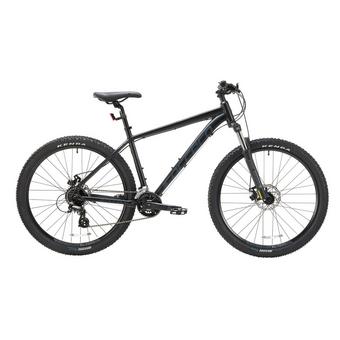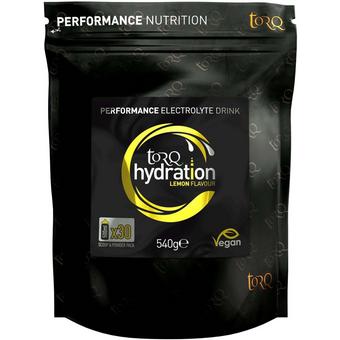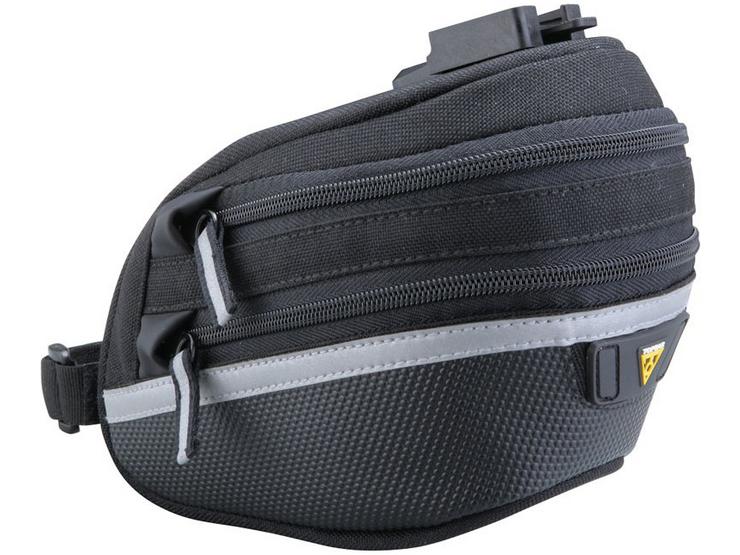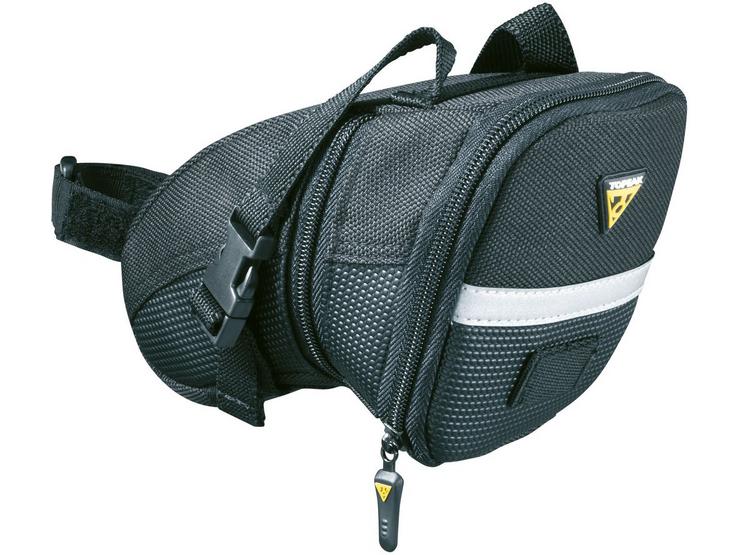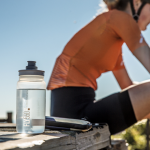Are you challenging yourself to cycle more? If you’re looking to embark on long-distance cycling adventures to keep yourself active and lead a healthier lifestyle, it’s important to ensure you’re sufficiently prepped.
Having the right cycling accessories and completing the necessary training is essential. With that in mind, here are some top pre-pedal prep tips to get the wheels in motion for those big bike rides.
Nail your bike setup
First things first, it’s all about the bike. If you’re working with an oldie but a goodie, then you’ll be familiar with the bike and handle it with ease. However, when you’re planning to spend a long time behind the handlebars, even a slight change in positioning can throw you off when you least expect it.
When training for long bike rides, adjust it as many times as you need to feel comfortable, and pay attention to how you feel towards the end of your ride, as you might need to make slight changes.
If you’re in the market for a new bike ahead of your planned ride, we can tailor your bike for the perfect fit in-store. We’ll take all your measurements into consideration, along with your discipline and what you’ll be using the bike for most.
Invest in the best bike tools and accessories
Now you’ve got your bike sorted, and you’re happy with the fit, next up is ensuring you have the right bike tools and accessories.
Let’s start with cycle luggage – save the extra weight on your back and go for a saddle bag rather than a rucksack. If you’re savvy, you can get everything you need in there to last the whole duration of your ride. So, what should you take?
- A bottle of water and another electrolyte drink for those quick-fix energy bursts.
- An energy bar
- A couple of energy gels – these are packed with carbohydrates and can quite often get you through those tougher stages of your ride
- A spare inner tube – our top tip is to wrap it in cling film or a sandwich bag and sprinkle it with talcum powder for easy fitting
- A patch kit for any punctures
- Two tyre levers
- A mini tool
Although that seems like a lot to pack, once you’ve bundled it all into your saddle bag, you’re sure to ride happier with peace of mind should you run into any trouble – or if you simply need a little energy boost.
But to carry all of your accessories, you’ll need reliable and durable cycling luggage carriers. We’re glad to introduce the new Topeak line and make cycling, whether on a family holiday or as part of your commute, easier and more accessible.
Topeak’s Wedge Pack II comes in a new and improved large size so that there’s no more struggling to fit your necessities in. With lightweight, robust 1000 denier fabric and a carrying capacity of 1.25-1.65L, your daily cargo is easy to transport. Plus, the 3m reflective strip and taillight strap maximise visibility, keeping you safe at dusk and night.
Otherwise, the Topeak Aero Wedge Bag with Strap likewise fits all daily essentials, from keys to bike tools to your smartphone. Offering a robust performance with 1000 denier fabric, plus a built-in pump holder, you can access expanded storage whenever you require it. Your safety is our priority so cycle in the dark with confidence that the 3m Scotchlite reflective strip and taillight strap are keeping your visible.
Last but never least, the Topeak Explorer Disc Pannier Rack works as a rear rack for bikes with 26″, 27.5″ and 700C wheels with disc brakes. Crafted from strong aluminium, the lightweight design secures smaller items on the top plate so all your necessities can sit in one place. Furthermore, the rear light mount makes attaching lights a breeze, for added safety. It’s also QuickTrack compatible for use alongside any Topeak rear baskets.
Setting cycling goals
The next thing to remember before setting off for long-distance cycling is to set mini, manageable goals. These will act as a focus for your ride and, if you start to lose faith in your abilities, achieving these ‘little wins’ throughout will help to see you to the finish line. When the weather, the route, and your energy levels are against you, remember how amazing you’ll feel at the end!
Cycling training is key
What’s most important, and by far takes the longest to prep for long-distance cycling, is training.
If it’s your first long-distance bike ride, the fear of physical strain can often take precedence in how you plan your training regime. It’s all about how you train in the run-up to your ride that can better prepare you for what’s to come.
For example, if you’re taking on a 60-mile ride, you might be deceived into thinking you’ll increase your resistance by doing a handful of 60-mile rides as you train. This isn’t the case. Your resistance will increase by gradually upping your distance on each ride, not by putting yourself through loads of tough rides which might leave you feeling much less physically ready to take on such a challenge.
It’s also worth considering the different terrains you’ll encounter during your ride challenge. If you know there are lots of hills then try to incorporate a few inclines into your training regime. This will put you in good stead for the main event!
Lastly, remember to get lots of rest. After each training session, take some time to put your feet up and refuel, and most importantly after you complete your challenge! Muscle recovery is most important after a prolonged period of exercise, so really make the most of your downtime and take a few days off before getting back on the saddle.
Prepping for long-distance cycling can be a gruelling process but if you remain consistent and continue to put in the effort, you’re sure to reach your goal.
